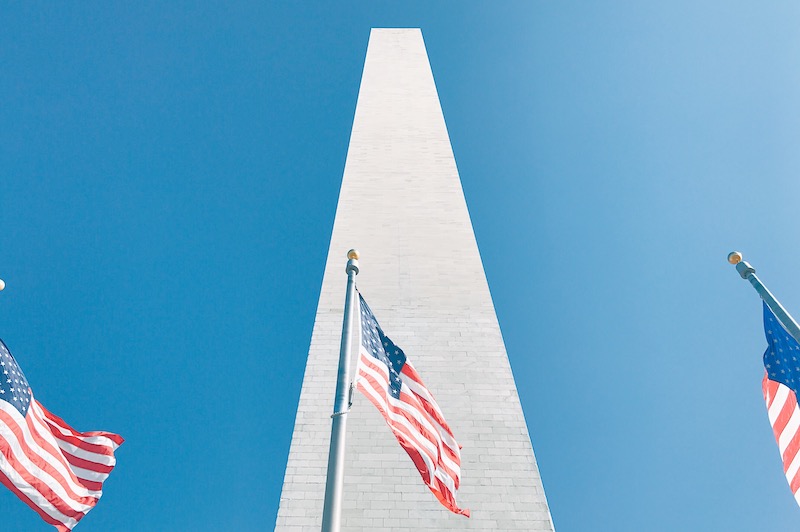At the 2014 National Prayer Breakfast, President Obama stated that “no nation on Earth does more to stand up for the freedom of religion around the world than the United States of America.” I think this is true; no other country’s founding or legal history so intensely displays a dedication to the right of the people “peaceably to assemble” in accordance with their faith. American policy and advocates for religious liberty tend to invoke the individual, inalienable right to “worship as one chooses,” as the 2012 State Department annual report emphasizes. But perhaps, in this season in which people of faith are under attack across the world (77 percent of the global population lives in countries with high restrictions on religion), a fresh understanding of the ability to form and foster religious community should garner more attention.
Alongside the proliferation of religious extremism that seeks to violently stamp out religious minorities, we are witnessing the rise of what historian Wilfred McClay calls “positive secularism,” in which religion becomes confined to the private sphere. Within this framework, society demeans public and political expressions of faith, and religiosity becomes an individual right rather than a communal one.
This isn’t news. Since its conception, secularism has found aggressive advocates in both totalitarian regimes and in western democracies. And today, in the face of burned churches and missing girls at the hands of violent extremists, it is easy to divert attention away from meat slaughter regulations in Denmark and marriage licensing acts in the United Kingdom that have consequences on people of faith. But these non-violent restrictions become significant when we consider the public value of religious freedom. Upholding rights to consume Kosher and Halal meat in Denmark may be the grassroots in the fight against violent extremism.
[pq]Public religiosity—in discourse and in practice—has public benefits.[/pq]
Two weeks ago, in a panel discussion hosted by the Berkley Center for Religion, Peace & World Affairs at Georgetown University, Thomas Farr suggested this hypothesis. People of faith join religious communities, he argued, and religious liberty is not simply an unrestrained individual right. Where granted, that liberty carries with it external costs and benefits to all members of society. It is some kind of public good. Brian Grim (Religious Freedom and Business Foundation) described the ideal version of that liberty: the freedom for people of faith to do good. The freedom for the Good Samaritan, a foreigner of a foreign religion, to be the neighbor that takes pity and bandages a stranger’s wounds. In this way, the First Amendment to the U.S. Constitution is more than the protection of an individual right. It is the empowerment of religious communities to provide services and to uplift cultural and economic freedom as well.
Engy Abdelkader, who serves on the U.S. State Department Religion and Foreign Policy Working Group, claimed that official restrictions and social hostilities towards Jews, Christians, and Muslims in Western Europe are growing. In May, administrators at a high school in Brussels barred thirty Muslim girls from attending class because their long skirts “symbolized religiosity.” Austria renewed laws this year that prohibit mosques from receiving foreign funds and require imams to speak in German. Jewish parents in France are removing their children from public schools out of fear at astonishing rates, noted Richard Foltin from the American Jewish Committee. Positive secularism produces a kind of xenophobia, and what Abdelkader declared to be “anti-Semitic, anti-Christian, and anti-Muslim cultural action.” Thomas Farr argued that we “simply don’t talk about Europe enough” when it comes to confronting religious oppression. When governments prevent their citizens from practicing faith, they restrict the benefits that religious communities offer to society.
With regards to violent extremism, the most valuable of these public benefits is perhaps religion’s ability and tendency to foster “good religion.” In other words, when citizens have the freedom to express beliefs publicly and politically, then no minority interpretation of a faith may assume ultimate authority. Here Thomas Farr invoked the story of an Afghan graduate student who was sentenced to death in 2010 for writing a paper that proposed the egalitarian gender positions of the Qur’an. In the case of oppressive, extremist Islam, Abdelkader and Farr agreed that advocates for religious liberty should be most eager to uphold Muslim voices around the world (that includes Western Europe) who counter minority interpretations of the faith. “That’s what liberty is,” asserted Farr. Enforced secularism can’t accomplish that.
When the goal of religious liberty is to protect communities rather than to constrain them to a private sphere, then those communities are more able to provide services and to maintain relationships with their members and children. These are responsibilities, but responsibilities that may only be fulfilled when those communities have liberty to act in accordance with their faiths. “The call to faith is to bring others into community,” argued Grims. What could the answer to that call have meant for Michael Adebolajo and Michael Adebowale, for the Afghan doctoral student, for Chérif and Said Kouachi, or for the girls stuck outside their school in Brussels? Public religiosity—in discourse and in practice—has public benefits. It means not only the “right to worship as one chooses to fulfill a deep and abiding human need,” but also the right to organize one’s family and community in ways the state is unable to. The First Amendment recognized that, and American policy should as well.



